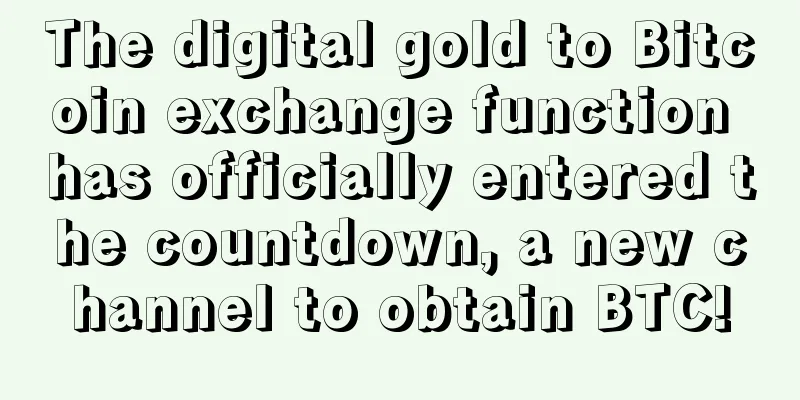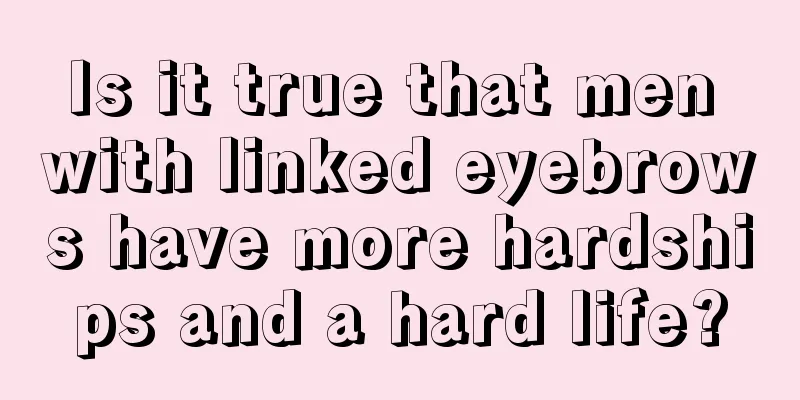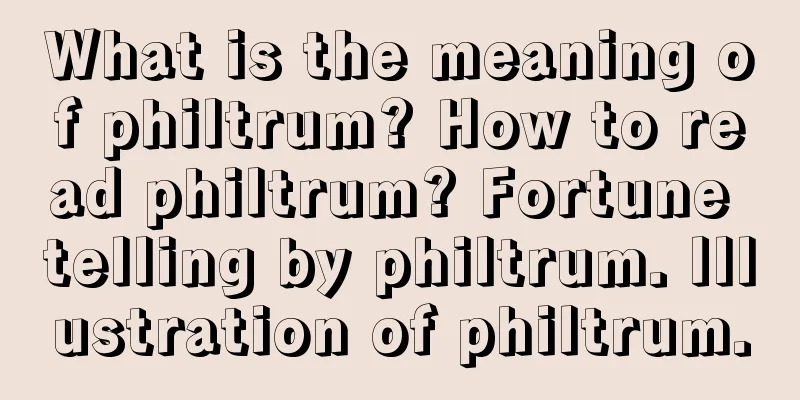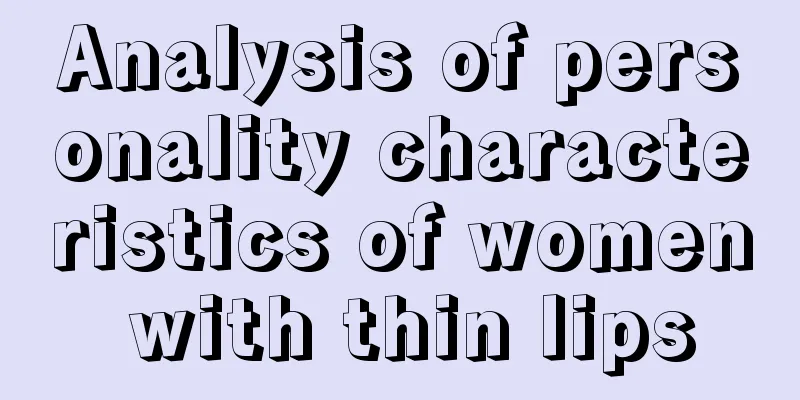With high costs and a huge gap between the rich and the poor, is NFT a blessing or a nightmare for creators?
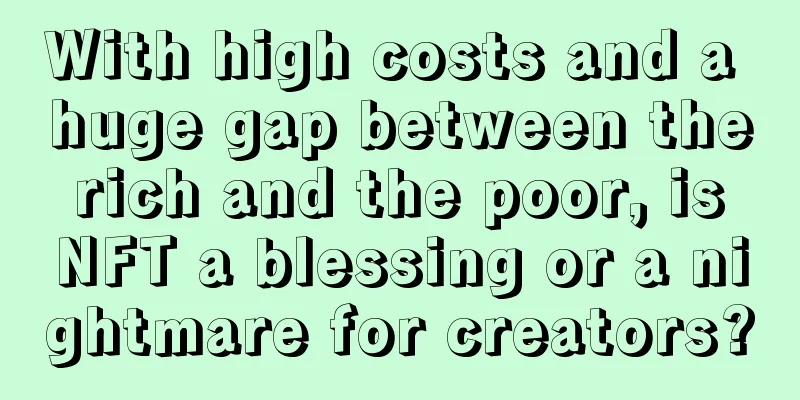
|
Original title: "Good news or nightmare? NFT is magnifying the gap between rich and poor creators" Not long ago, I was flooded with proposals for a new music distribution system based on blockchain. The promise of this music distribution system to music artists was: "You can charge what you want from your music" and "Take all the money instead of giving it to the record companies." In fact, they not only use blockchain as the underlying technology of their product, but also as a feature. A year after the predictions were not fulfilled, people lost patience and put the proposal into the “maybe next time” file whenever blockchain was mentioned. However, if the smart people at the record companies haven’t adopted the technology yet, then the company may gradually fall behind the times or even disappear. NFT BasicsThis technology is the focus of everyone's attention in February 2021 - now in the form of NFTs (non-fungible tokens). NFTs record who owns a unique piece of digital content. This content can be in any form - art, music, pictures, tweets, memes, games, you name it. If it is created in digital form, it can be an NFT. It has the property of being "non-fungible", which means that it cannot be easily exchanged for a similar item at the same price. When someone "mints" an NFT, a file is created that is stored on the blockchain. The beauty of this technology is that once minted, the NFT cannot be copied and pasted, edited, deleted, or otherwise manipulated. NFTs are original works, and while copies of a work can be made and distributed, they are less valuable because they are not original works. When people think of blockchain, they immediately think of Bitcoin, which is also built on technology. However, most NFT transactions use a cryptocurrency called Ethereum, which means you have to buy Ethereum first and then use Ethereum to buy NFTs. Has the promise been fulfilled?Just look at the recent prices of NFTs, a digital flower sold for $20,000, a looping video clip sold for $26,000, and a sock and a clip of LeBron James scoring a goal sold for more than $100,000. In 2019, Nike even patented some shoe design concepts in the form of NFTs. Music certainly can’t lag behind. 3LAU (Justin David Blau, Las Vegas DJ and electronic music producer) sold 33 NFT music tracks for a total of $11,684,101, including a platinum vinyl record that can be exchanged for a customized song from the artist, as well as unreleased music and additional physical vinyl discs. Daft Punk released several collectible NFTs on the Rarible platform before announcing their breakup. Grimes sold 10 pieces of art, including one for nearly $400,000, which fetched a $2.5 million premium on the (thriving) secondary market. Mike Shinoda of Linkin Park sold a digital artwork for $30,000. Seeing the potential benefits, many artists are understandably interested in following suit. One of the biggest attractions for artists is that, in addition to the initial one-time transaction income, NFTs can also provide ongoing income. If the NFT is later sold on the secondary market, the creator will receive 10% of the purchase price, and the artist will also receive a share of the money for each subsequent sale. NFT CostsMost entrepreneurs envision blockchain as a way to democratize compensation, where regular artists can finally make as much money as superstars. However, NFTs are the exact opposite, as only big-name artists in the entertainment space seem to be making money so far. Not only that, but costs must also be considered. According to industry analyst Cherie Hu, the cost of minting NFTs is at least $70, which means the cost price of NFTs will be around $100. This is because online sales platforms will charge a fee of 3% to 15% on the initial sales transaction, and a unique fee of 10% for secondary sales. The high cost price makes NFTs unavailable to ordinary fans with average purchasing power, who are quickly driven out of the market. NFTs seem to be targeted only at super fans with strong purchasing power. However, there is a bigger underlying problem: minting NFTs, and crypto-media in general, is energy intensive and therefore poses a significant risk to the environment. For example, it was estimated that Ethereum mining alone consumed more energy than the country of Iceland in 2018. While there are promises of a new, more energy-efficient way, the process is by no means carbon neutral at this point. ConcernsThe sale of NFTs brings up some fairly common issues that are easily dealt with in the non-crypto world, but which seem to lack thoughtfulness here with NFTs. First, how are royalties calculated and paid? While artists benefit from sales, how do co-authors, publishers, and producers get compensated? Another is the copyright issue. No platform has an authentication mechanism to verify that the creator of an NFT is actually the owner. What happens if someone decides to create an NFT for something they don’t own? SummarizeNFTs are indeed a hot trend today and are likely to continue to be so. This is a great application of blockchain because it fulfills its promise as a source of income for creators, but it is not perfect in the long run. We are on the NFT train, and the fun is just beginning. |
<<: Understanding NFT Financialization in One Article: Making Non-Fungible Tokens “Fungible”
Recommend
Facial features that are not suitable for civil servants
Facial features that are not suitable for civil s...
There will be a foreign love face
There will be a foreign love face According to me...
Palmistry Sun Line Reveals Fortune Telling Illustrated Guide
Palmistry Sun Line Reveals Fortune Telling Illust...
Single eyelid and double eyelid comparison
Comparison of single eyelids and double eyelids. ...
What does a mole on a man’s ear bone mean? Is the meaning good?
Although not everyone has a mole on the ear bone,...
How to read a woman's mouth
The mouth is one of the five facial features, and...
What does a man with a prominent forehead bone mean?
The frontal bone is a pair of membranous bones in...
What does a mole on the left side of the back mean? What does a mole represent?
Many of our friends actually have moles on the ins...
A man who is both civil and military has a mole on his back.
How to interpret the mole on a man’s back? As we ...
What does a forked love line mean in palmistry?
The love line in palmistry is actually the key to...
Asian session fell into a consolidation pattern. Bitcoin company BTCS made a net loss in 2015
According to FX168, the price of Bitcoin fluctuat...
How to tell your fate by looking at your forehead
How to tell your fate by looking at your forehead...
Binance halts trading of some products in Singapore over alleged violations of the Payment Services Act
Binance, a cryptocurrency trading platform suspec...
Report: DeFi market growth, monthly active developers increased 67% from the beginning of the year
According to BlockBeats, it is well known that De...
"Mining News" Episode 6 Full Review: Opportunities and Challenges in the Halving Callback
Hello, fellow miners and coin lovers, I am Zhang ...

